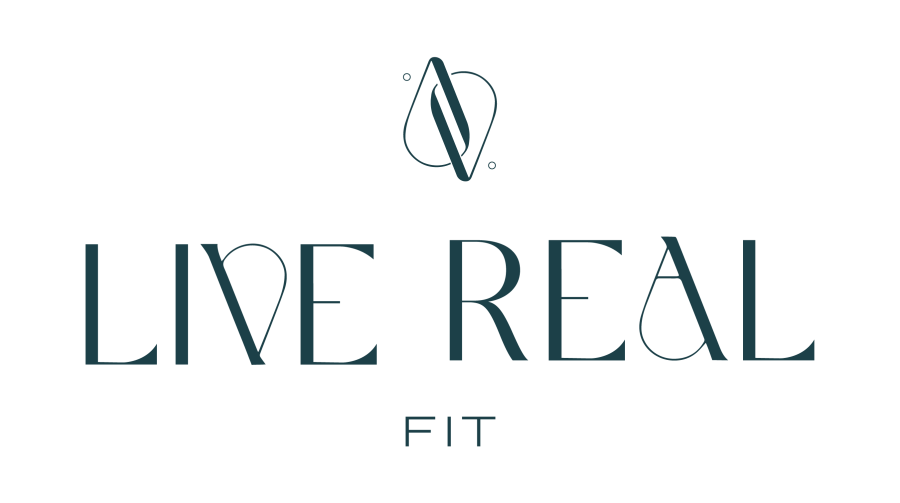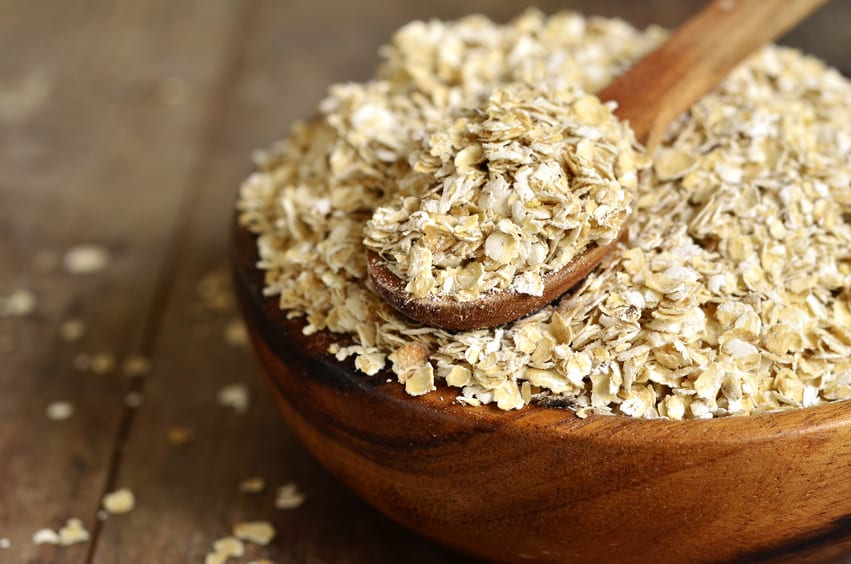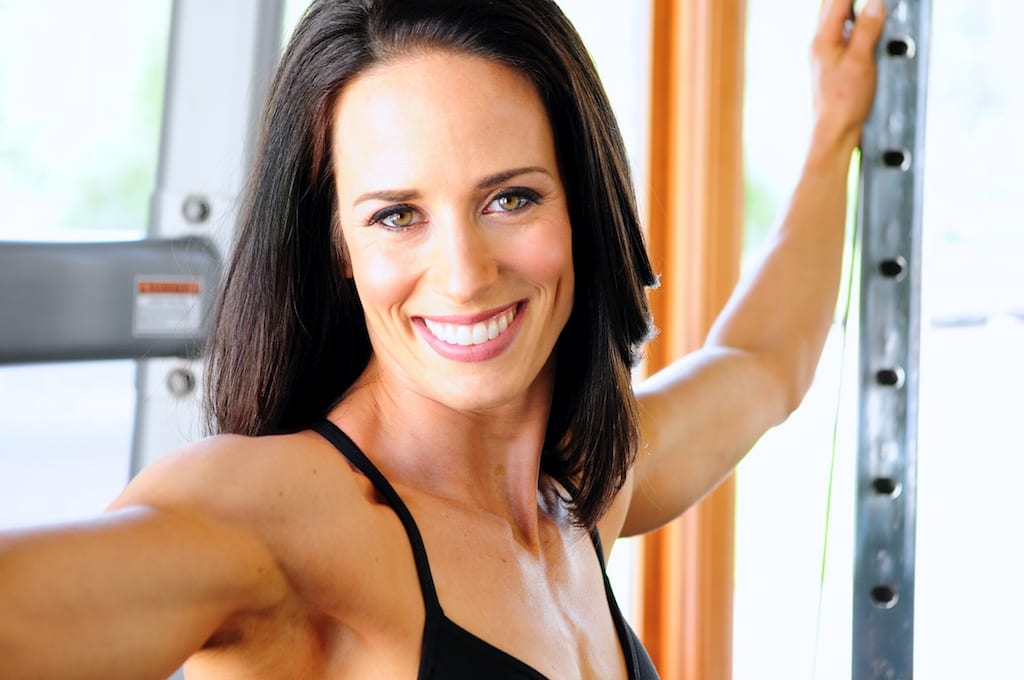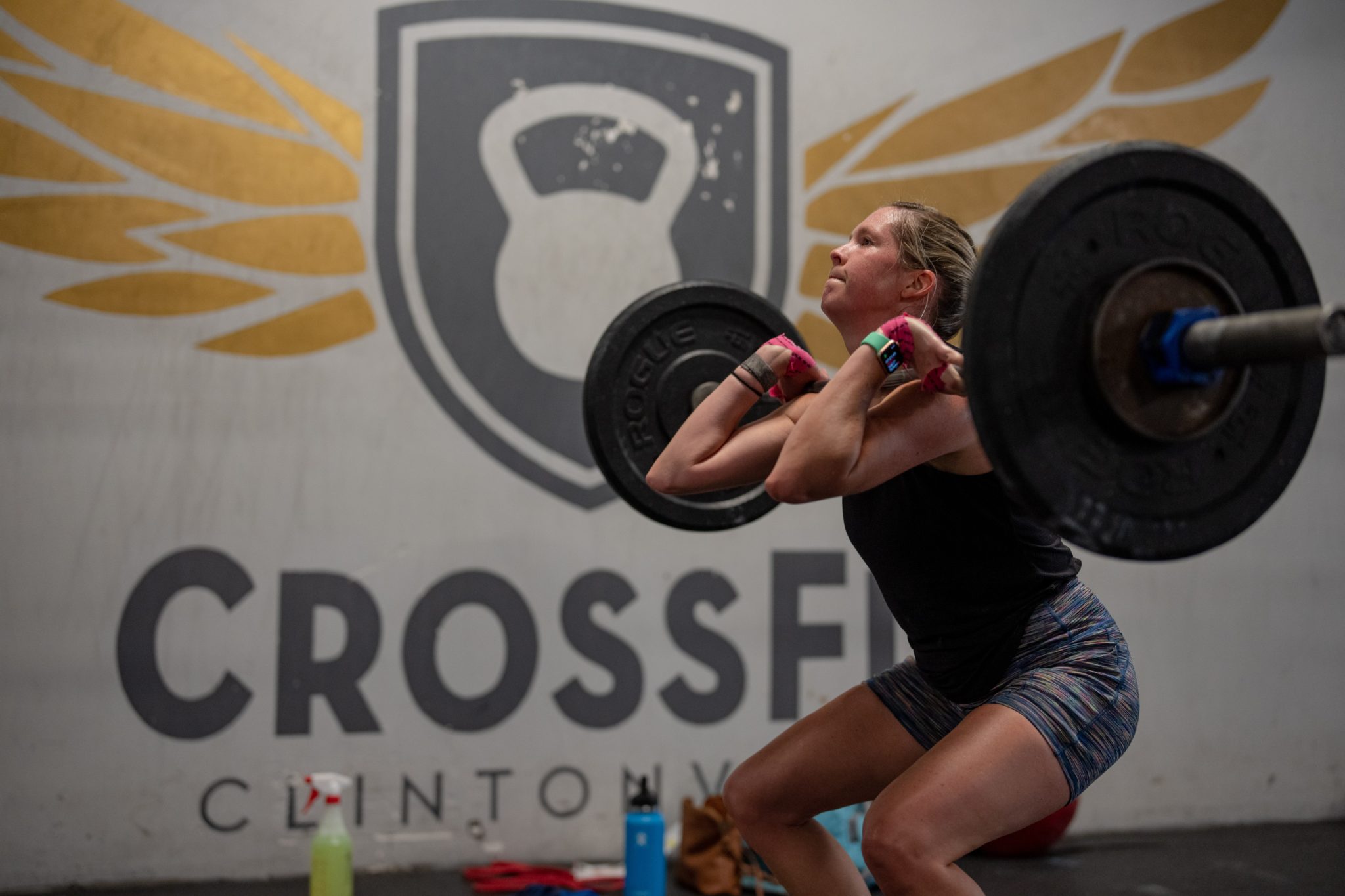By now you know that squatting is a safe and necessary movement, as well as how to properly set up the squat rack. Now it’s time to get into how to actually perform a safe and effective squat. To reap the most benefits and avoid injury you want to perform the squat with the most optimal positioning you can. You may be wondering what is considered a “good” squat or what is the best positioning? What should you be looking for or feeling when you are performing your squat?
This week I am going over how best to perform the squat. I will show you the most optimal positioning to help avoid injury and get the most out of your squat session.

Performing an Ideal Squat
Starting position for the squat, after you have properly stepped away from the rack, is to stand with your feet approximately shoulder width apart. Toes should be between 0-10 degrees of toe out. You want to begin the squat with a braced neutral spine. Take a deep breath in then tense/contract your abdominals. Initiate the movement by pushing the hips back while at the same time your knees are bending and moving forward. The knees should be tracking over or slightly outside of the toes. Your weight and the bar should stay around the mid-foot area throughout your squat.
At the bottom of your squat, you want your hip crease to be below your knees. You should be able to maintain your spinal position throughout the entire movement. If you view your squat from the side, you want to see the bar travel smoothly down then up while maintaining control of the bar. You do not want to see any excessive movement of the bar forward as you squat.
Exhale as you begin to stand, slowly breathing out the air you took in prior to starting your descent. You will finish the squat in the same standing position you started. You will perform this same sequence for each repetition of your squat set.
Bar Position
Some forward movement of the trunk can be normal. The amount of normal forward movement depends on if you use a high or low bar position. In a high bar position, the bar sits on the upper traps just at the level of the shoulders. With the low bar position, the bar is situated lower on your rear delts just above the spine of the scapula (shoulder blade). In the low bar position, you will find that you bend forward more in order to keep the bar over the mod-foot.
Knees over the toes?
You may be cautious of allowing your knees to go over your toes. A common cue when squatting is to avoid that degree of forward knee displacement. However, this may not be the best advice. Often times restricting the squat (not allowing the knees to travel over the toes) only serves to create increased forward lean of the trunk and increased stress to the hips and low back [1] [2]. Therefore, in order to create the most optimal mechanics and loading for the knees, low back, and hips, the knees may require to travel past the toes [1]. Instructions regarding restrictions of the forward knee displacement during the squat should altogether be avoided and could be causing more harm than good [2].
It takes time and practice to perfect your squat. These are simply the key positions you are aiming for when performing the movement. Understand, though, that no one is perfect! The only way to get better at performing the squat is to keep working at it and possibly get a coach that can help you. Just don’t let the fear of not doing it absolutely perfect keep you from trying it. Use these key position points as a checklist for you to work on and try to hit each time you squat. As you start to build your confidence and your skill in performing the squat you will get stronger and feel more and more like a badass! Guaranteed!
Until next time…
Xx
Allison
Works Cited
| [1] | A. C. Fry, J. C. Smith and B. K. Schilling, “Effect of Knee Position on Hip and Knee Torques During the Barbell Squat,” Journal of Strength and Conditioning Research, vol. 17, no. 4, pp. 629-633, 2003. |
| [2] | H. Hartman, K. Wirth and M. Klusemann, “Analysis of the Load on the Knee Joint and Vertebral Column with Changes in Squatting Depth and Weight Load,” Sports Med, 2013. |
